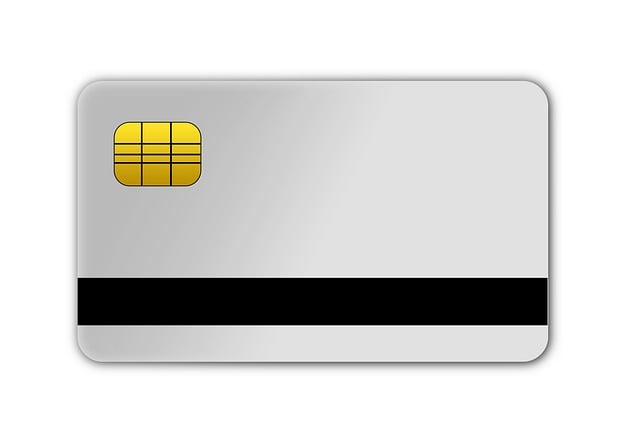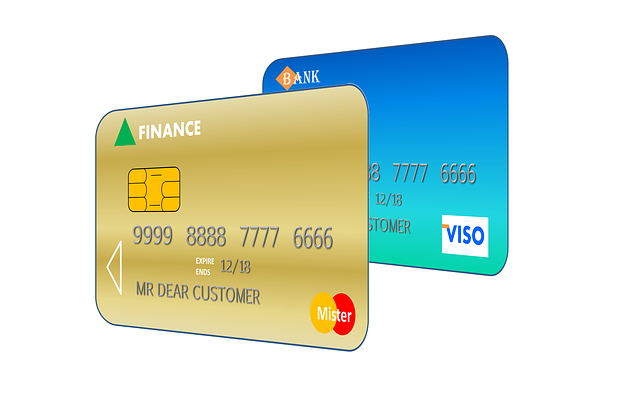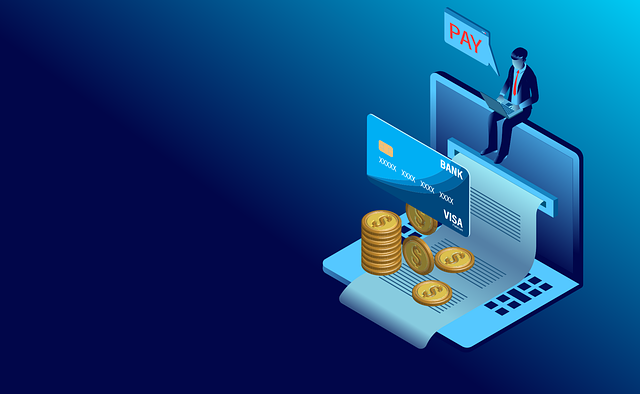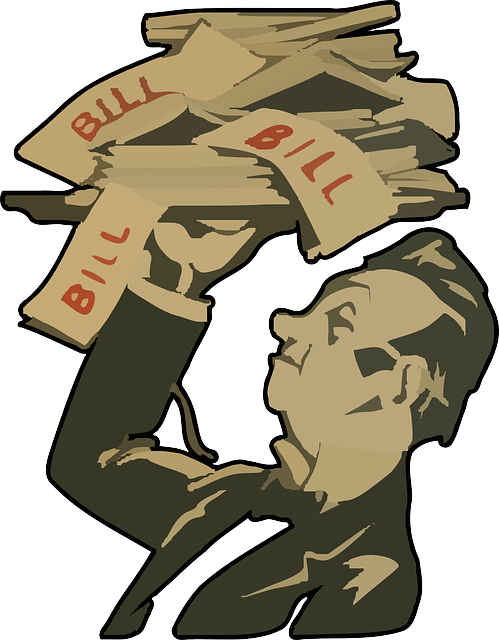Debt consolidation is a strategic move to combine multiple high-interest credit card debts into one loan with a lower fixed rate, simplifying repayment and saving money. By reducing the number of payments, lowering interest costs, and potentially shortening debt payoff time, it benefits those managing multiple cards or high rates. This process involves evaluating financial situations, comparing lenders, and prioritizing paying off high-interest debts; it can enhance credit scores and improve overall financial health through a single, manageable loan payment.
Tired of juggling multiple credit card bills? Consider consolidating your debt into one loan. This strategic move can simplify payments and potentially lower interest rates, saving you money in the long run. In this article, we’ll explore the benefits of combining your debts, guide you through securing a consolidation loan, and share effective strategies for repayment and savings. Take control of your finances and consolidate your credit card debt today!
- Understanding Credit Card Debt Consolidation
- Benefits of Combining Multiple Debts
- Steps to Secure a Debt Consolidation Loan
- Strategies for Effective Repayment and Savings
Understanding Credit Card Debt Consolidation

Credit card debt consolidation is a strategic financial move that involves combining multiple credit card debts into one single loan with a potentially lower interest rate and more manageable terms. This process simplifies repayment by replacing several credit card payments with just one, often reducing monthly payments and the overall cost of borrowing. By consolidating, individuals can gain better control over their finances, free up extra cash flow, and potentially shorten the time it takes to pay off their debt.
This approach is especially beneficial when dealing with high-interest credit cards or multiple cards with varying due dates, as it streamlines repayment logistics. A consolidated loan typically has a fixed interest rate, making it easier to budget for future payments. This simplicity can be a game-changer for those struggling to keep up with multiple credit card bills, offering a clear path to debt resolution and improved financial health.
Benefits of Combining Multiple Debts

Combining multiple credit card debts into one loan offers several compelling advantages for individuals burdened by high-interest, scattered payments. By consolidating debt into a single loan, borrowers can simplify their financial obligations and potentially reduce overall interest expenses significantly. This strategic move streamlines repayment, making it easier to manage cash flow with just one monthly payment instead of multiple ones.
Furthermore, a consolidated debt loan often features a lower interest rate compared to the aggregate rates on individual credit cards. This results in savings over time and provides borrowers with more financial flexibility, allowing them to allocate funds previously spent on interest payments towards other essential expenses or savings goals. Simplifying debt management through consolidation can also enhance credit scores by demonstrating responsible financial behavior.
Steps to Secure a Debt Consolidation Loan
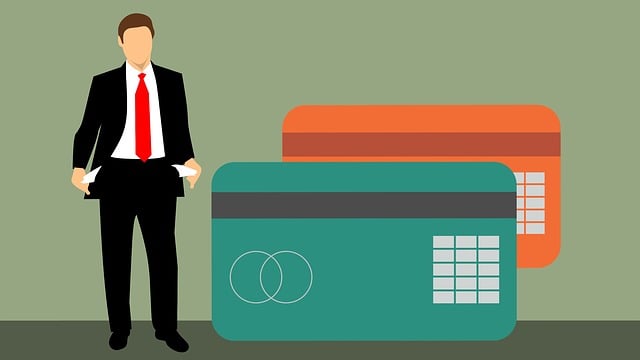
Consolidating credit card debt into one loan involves a few key steps. First, assess your financial situation to understand the extent of your debt and determine if consolidation is the best option. Compare different lenders and their interest rates to find the most favorable terms for your situation. Next, gather necessary documents like pay stubs, tax returns, and account statements to demonstrate your income and debt levels. This process helps lenders evaluate your creditworthiness.
Once you’ve gathered these documents, apply for a debt consolidation loan from a trusted lender. Be sure to review the loan agreement carefully, understanding all terms, conditions, and potential fees. If approved, the lender will disburse the funds to pay off your existing credit card debts, leaving you with one loan to manage, typically at a lower interest rate than your cards.
Strategies for Effective Repayment and Savings
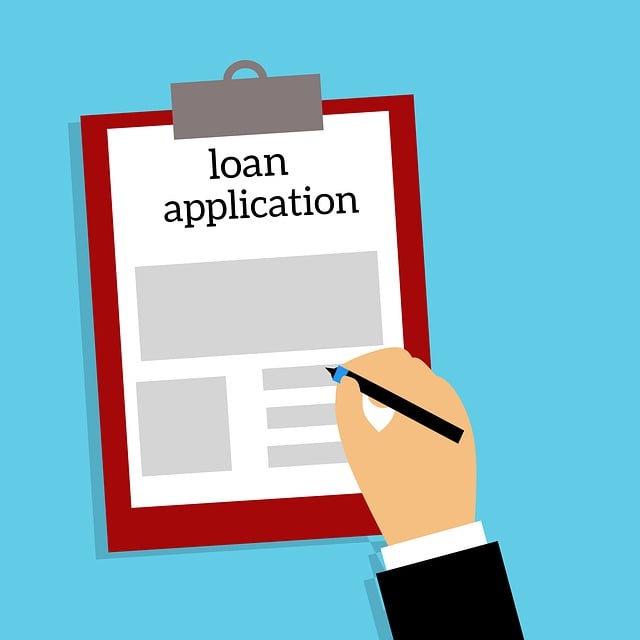
When consolidating credit card debt into one loan, strategic repayment and savings are key to long-term financial health. The first step is to assess your current financial situation, including calculating your total debt, interest rates, and minimum payment requirements for each card. Prioritize paying off debts with the highest interest rates first; this will save you money in the long run. Creating a budget that allocates specific funds for loan payments ensures consistent progress.
Regularly reviewing and adjusting your budget as your financial situation changes is essential. Consider automating your loan payments to avoid late fees and ensure on-time repayments, which can help build a positive credit history. Additionally, exploring debt management strategies like the debt snowball or avalanche methods—focusing on paying off debts in order of smallest to largest balance or highest interest rate, respectively—can make the consolidation process more manageable and save you significant sums in interest charges.


